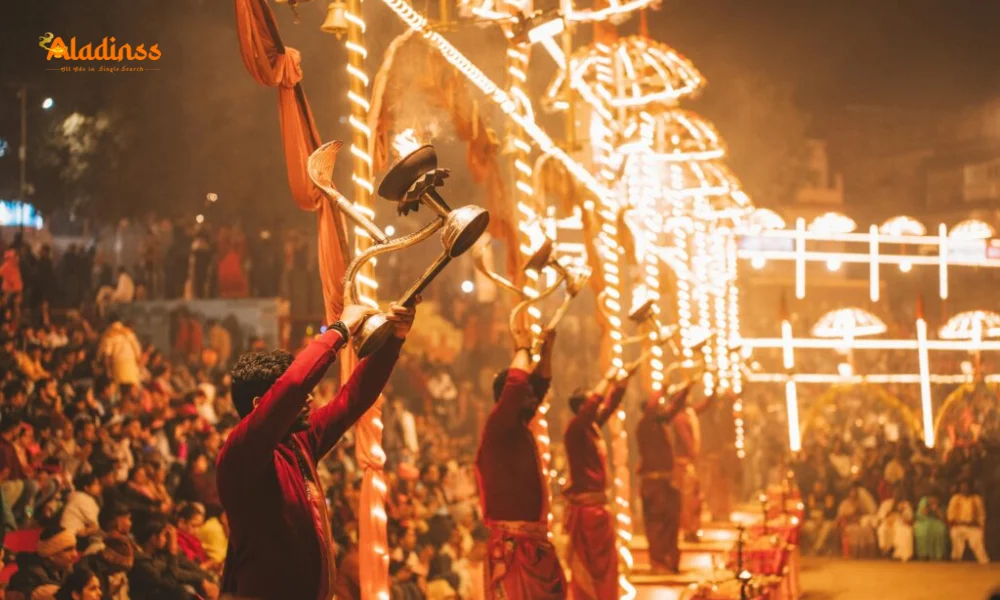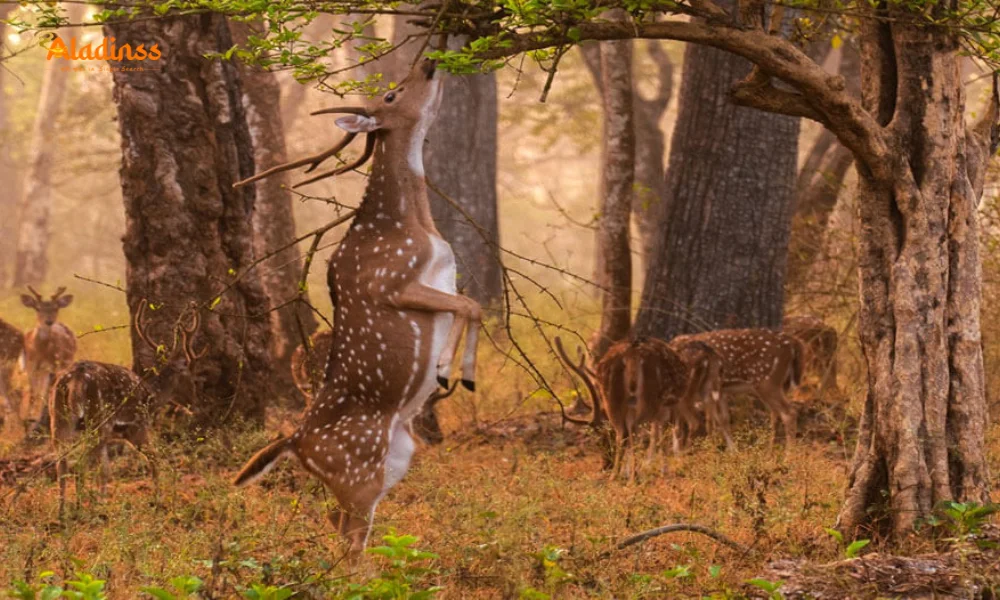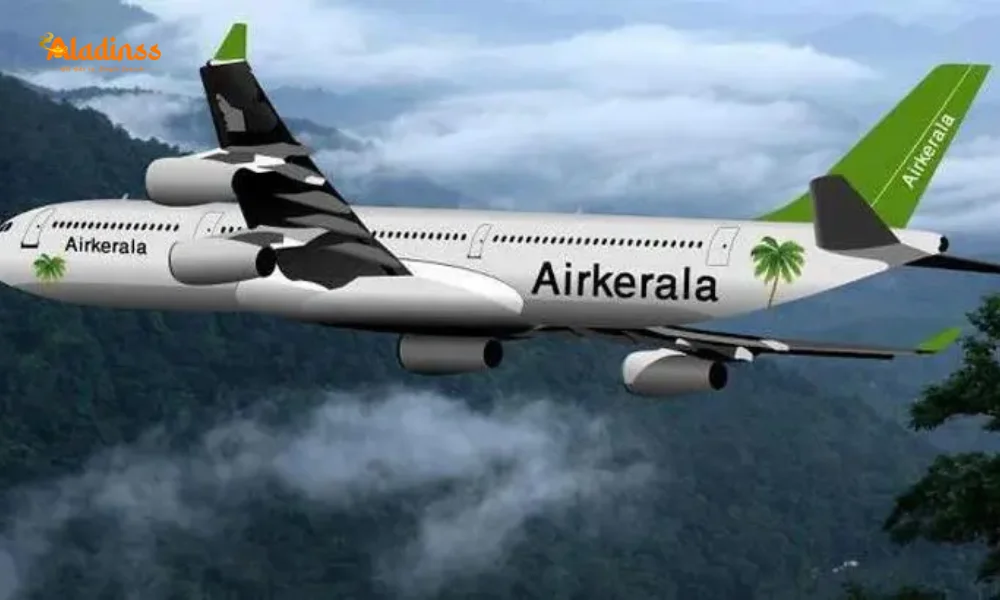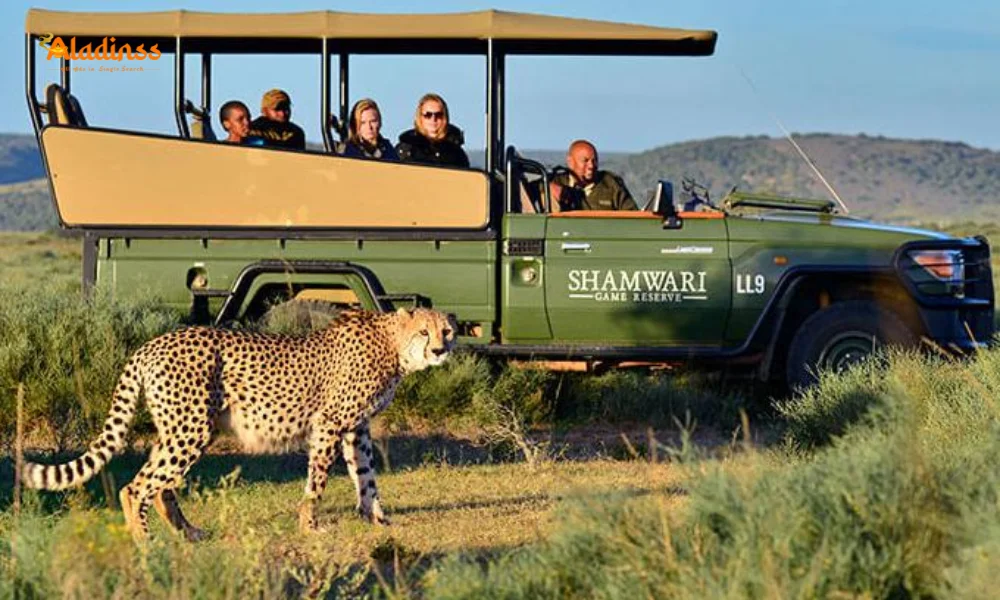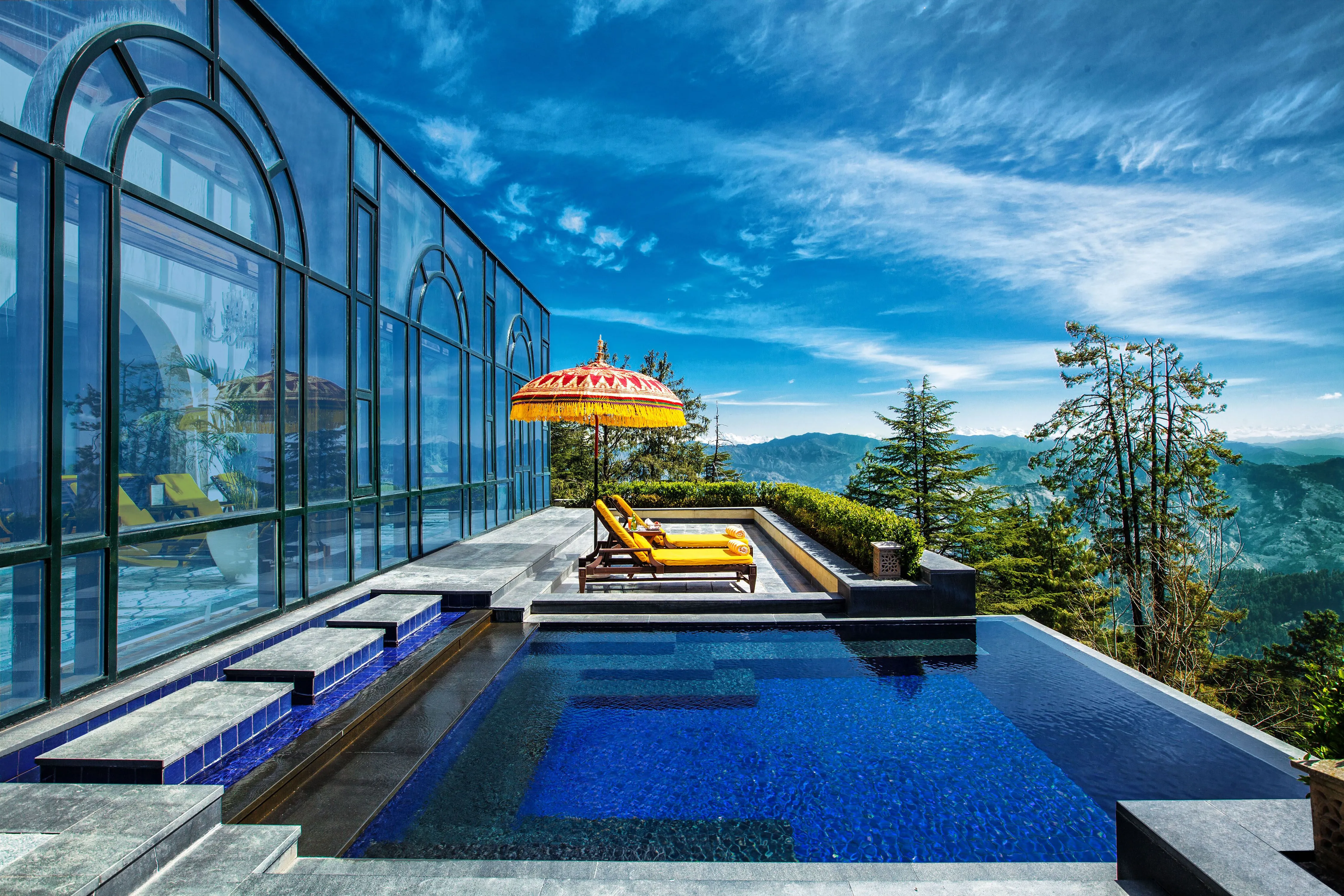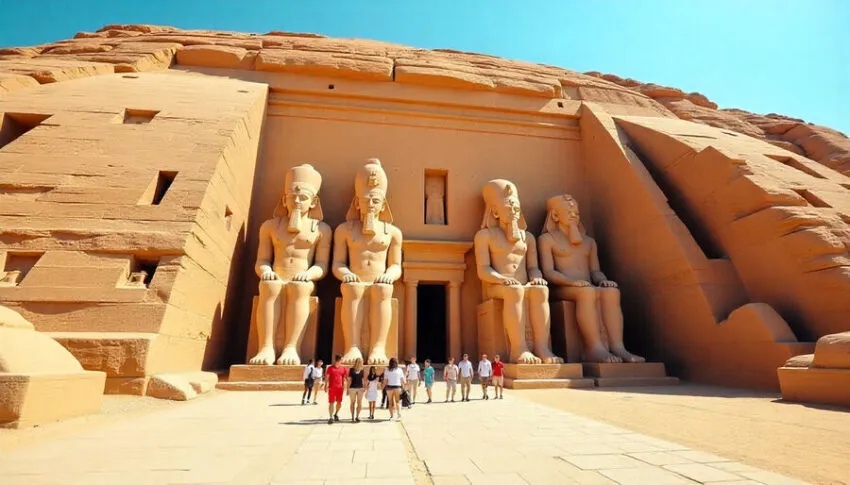Bhutan vs Nepal: Which Himalayan Destination Should You Visit in 2025?
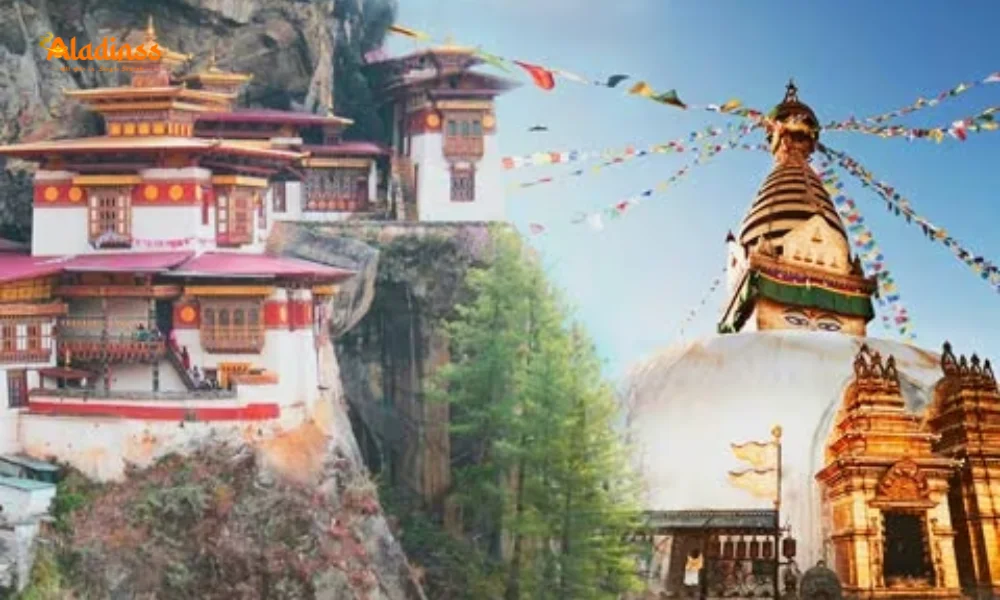
Bhutan vs Nepal: Your Ultimate Himalayan Adventure Guide!
Nestled in the majestic Himalayas, Bhutan and Nepal offer distinct yet enchanting travel experiences for adventurers and soul-seekers alike. Bhutan’s High Value, Low Impact tourism model promises serene landscapes, spiritual retreats, and mindful exploration, while Nepal captivates with vibrant culture, thrilling treks, and dynamic city life. Choosing between these Himalayan gems depends on your travel style—whether you crave the tranquil solitude of Bhutan’s monasteries or the adrenaline-pumping trails of Nepal’s peaks. This comprehensive guide compares Bhutan and Nepal, helping you decide your perfect Himalayan escape.
Both destinations boast breathtaking scenery and rich traditions, but their approaches to tourism differ significantly. Bhutan emphasizes exclusivity and sustainability, offering a structured experience with guided tours and a daily tariff. Nepal, in contrast, welcomes spontaneous travelers with open borders and diverse activities, from trekking to cultural immersion. This guide explores accessibility, accommodations, culture, cuisine, top experiences, and practical tips to help you choose the Himalayan journey that aligns with your passions and preferences.
Accessibility and Entry Requirements
Bhutan and Nepal present distinct entry systems that reflect their tourism philosophies. Bhutan’s primary gateway is Paro International Airport, with flights from major hubs like Delhi, Bangkok, and Kathmandu. Overland entry is available from India via Phuentsholing or Gelephu, but travel requires a pre-arranged visa, a licensed guide, and adherence to a daily tourism tariff. This structured approach ensures sustainable tourism, preserving Bhutan’s pristine environment and cultural heritage while offering a seamless, guided experience.
Nepal, on the other hand, offers greater accessibility and flexibility. Tribhuvan International Airport in Kathmandu serves as the main entry point, with open border crossings from India for land travelers. Nepal’s visa-on-arrival system for most nationalities makes it a haven for spontaneous adventurers and backpackers. This open approach aligns with Nepal’s vibrant, inclusive tourism model, catering to a wide range of travelers seeking freedom and exploration in the Himalayas.
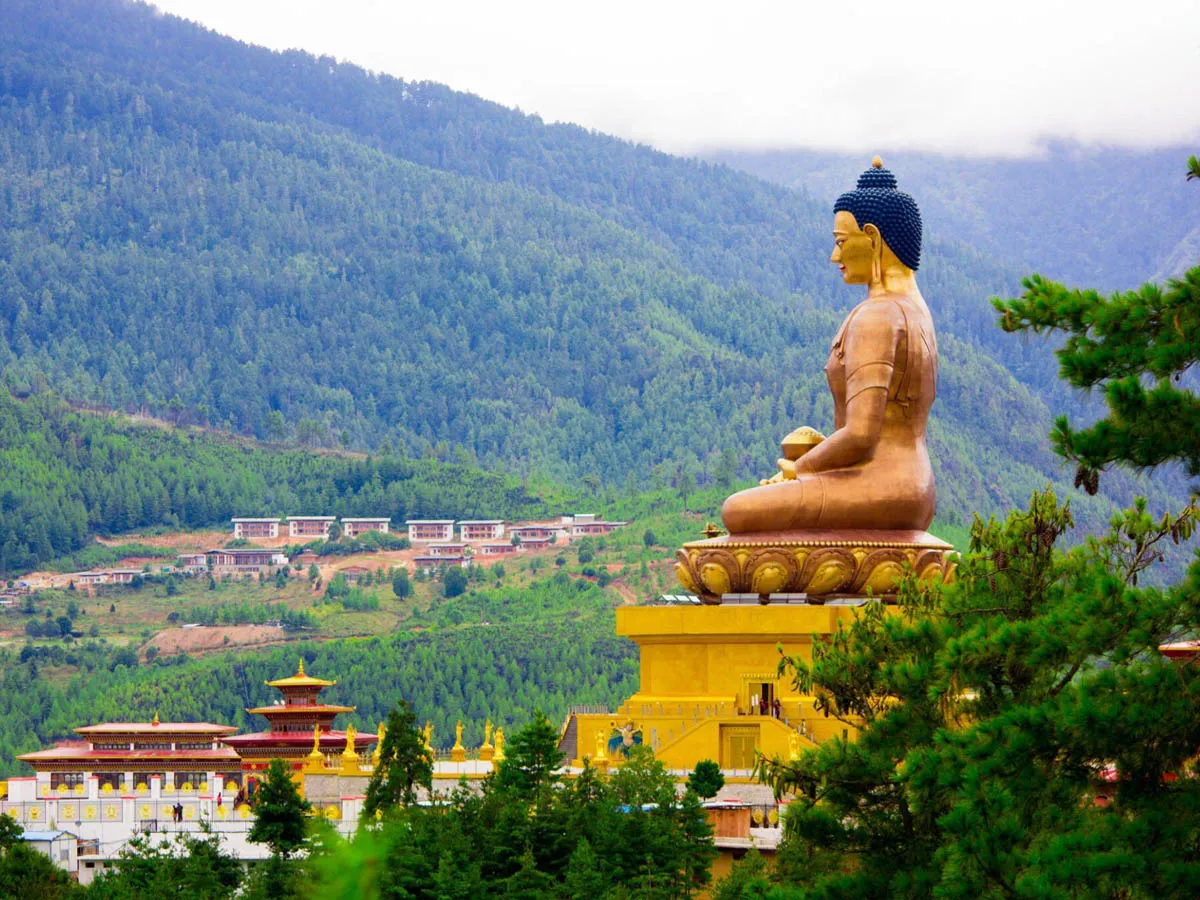
Accommodation: Serenity vs. Diversity
Accommodations in Bhutan and Nepal mirror their distinct travel vibes. In Bhutan, travelers enjoy boutique lodges, family-run homestays, and elegant hotels in regions like Thimphu, Paro, and Bumthang. These stays blend traditional Bhutanese architecture with modern comforts, offering farm-to-table dining, hot-stone baths, and serene tea rituals. The government’s tourism tariff typically covers lodging, meals, and guides, ensuring a hassle-free, tranquil experience focused on cultural immersion and relaxation.
Nepal’s accommodation options are diverse, catering to all budgets and preferences. From lively hostels in Kathmandu’s Thamel district to serene lakeside resorts in Pokhara and eco-lodges in Nagarkot, Nepal has something for everyone. Trekkers can stay in cozy teahouses along routes like Everest Base Camp, offering warmth and local charm. Luxury seekers can opt for boutique hotels near Boudhanath or heritage properties in Kathmandu, while budget travelers enjoy authentic community stays. Nepal’s variety ensures a vibrant, adaptable experience.
Culture and Cuisine: Tradition Meets Vibrancy
Bhutanese culture is steeped in serenity, with cuisine reflecting simplicity and warmth. Iconic dishes like Ema Datshi (chilli and cheese stew), buckwheat pancakes, and momos are served with calming tea rituals. Cultural experiences include vibrant Tsechu festivals, featuring masked dances, and visits to ancient dzongs and monasteries. These moments of quiet reflection and spiritual connection define Bhutan’s cultural landscape, offering travelers a meditative journey through tradition.
Nepal’s culture bursts with energy and diversity, mirrored in its communal cuisine. Staples like Dal Bhat, Thukpa, Sel Roti, and Yak cheese foster camaraderie, especially among trekkers sharing meals. Nepal’s heritage shines through landmarks like Durbar Squares, Swayambhunath, and Pashupatinath Temple, showcasing centuries of art and spirituality. Festivals, bustling markets, and vibrant street life create an immersive cultural experience that celebrates community and connection in the heart of the Himalayas.
Top Experiences: Tranquility vs. Adventure
Bhutan’s experiences are designed for soulful exploration. The iconic hike to Tiger’s Nest Monastery combines physical challenge with spiritual awe, offering breathtaking views and a sense of accomplishment. The Phobjikha Valley provides tranquil walks amid pristine nature, with opportunities to spot black-necked cranes. Cultural activities like monastery stays, thangka painting, and traditional archery deepen travelers’ connection to Bhutan’s heritage, fostering a sense of peace and mindfulness.
Nepal, in contrast, is a haven for adventure enthusiasts. World-famous treks like Everest Base Camp and Annapurna Circuit offer unparalleled thrills and stunning vistas. Adventure sports, including paragliding in Pokhara and bungee jumping over the Bhote Koshi River, cater to adrenaline junkies. Cultural immersion is equally vibrant, with bustling markets, heritage sites, and yoga retreats providing a balance of excitement and introspection. Nepal’s diverse experiences ignite a sense of exploration and vitality.
Best Time to Visit and Practical Tips
Timing is crucial for a Himalayan adventure. Bhutan shines in spring (March–May) and autumn (September–November), with pleasant weather and vibrant festivals like Paro Tsechu. Nepal’s peak seasons are October to December, offering clear skies for trekking, and March to May, when rhododendrons bloom across trails. Both destinations require warm layers, trekking shoes, sunscreen, and rain gear, but Bhutan’s temple visits demand modest attire, and cash is useful in rural areas.
In Nepal, high-altitude treks necessitate sleeping bags and sturdy gear. Bhutan’s pre-approved visa and fixed tariff streamline budgeting, while Nepal’s visa-on-arrival and flexible pricing suit budget travelers and luxury seekers alike. Travelers should plan for altitude acclimatization in both countries and carry local currency for small purchases. These practical considerations ensure a smooth and enjoyable Himalayan journey tailored to each destination’s unique requirements.
Budget and Travel Style Considerations
Bhutan’s High Value, Low Impact tourism model requires a daily tariff, typically covering accommodations, meals, guides, and transport. This structured approach ensures a premium, all-inclusive experience but may limit budget flexibility. The tariff, starting at around $200–$250 per day, positions Bhutan as a destination for travelers seeking curated, high-quality experiences with minimal environmental impact. Solo travelers and groups benefit from this streamlined system, which simplifies planning.
Nepal offers a broader range of budgeting options, from affordable hostels and teahouses to luxury resorts. Trekkers can manage costs by opting for budget accommodations and local dining, with daily expenses as low as $20–$50 for backpackers. Luxury travelers can enjoy high-end hotels and guided tours, with costs varying based on preferences. Nepal’s flexibility makes it ideal for travelers seeking both adventure and affordability, catering to a diverse range of budgets and travel styles.
Cultural Immersion and Local Interactions
Bhutan’s cultural immersion is intimate and reflective, with opportunities to engage in local traditions like archery, weaving, and monastic rituals. Staying in homestays allows travelers to connect with Bhutanese families, sharing meals and stories in serene settings. Festivals like Tsechus offer vibrant displays of masked dances and community spirit, providing a window into Bhutan’s spiritual heritage. These interactions foster a deep appreciation for the country’s philosophy of Gross National Happiness.
Nepal’s cultural experiences are dynamic and communal. Travelers can join locals in bustling markets, participate in festivals like Dashain, or visit sacred sites like Boudhanath and Pashupatinath. Trekking routes offer interactions with Sherpa communities, where shared meals and stories create lasting bonds. Nepal’s vibrant street life and diverse ethnic groups ensure a rich tapestry of cultural encounters, making every moment a celebration of human connection and heritage.
Adventure vs. Serenity: Choosing Your Path
Bhutan and Nepal cater to different aspects of the traveler’s soul. Bhutan’s serene hikes, such as the trail to Tiger’s Nest, blend physical effort with spiritual reflection, offering moments of profound peace. Activities like meditation retreats and cultural workshops encourage introspection, making Bhutan ideal for those seeking a calm, guided journey. The country’s focus on sustainable tourism ensures a low-impact experience that respects its pristine environment and cultural heritage.
Nepal, conversely, thrives on adventure and diversity. Treks to Everest Base Camp or Annapurna Circuit challenge the body and reward with breathtaking views. Adventure sports like paragliding and rafting add excitement, while cultural sites and yoga retreats offer balance. Nepal’s open, vibrant atmosphere encourages exploration and spontaneity, making it perfect for travelers who crave dynamic experiences and the thrill of discovery in the Himalayas.
Making the Final Choice: Bhutan or Nepal?
Choosing between Bhutan and Nepal hinges on your travel philosophy. Bhutan offers a structured, serene escape with guided tours, cultural immersion, and tranquil retreats. Its High Value, Low Impact model ensures an exclusive experience, ideal for those seeking peace and mindfulness. Nepal, with its open borders and diverse activities, caters to adventurers and budget travelers, offering rugged treks, vibrant culture, and urban energy.
Here’s a quick comparison to guide your decision:
- Peaceful Retreats: Bhutan’s monasteries and valleys offer solitude.
- Adventure Treks: Nepal’s Everest and Annapurna trails thrill.
- Cultural Immersion: Bhutan’s festivals vs. Nepal’s vibrant heritage.
- Budget Flexibility: Nepal suits all budgets; Bhutan is premium.
- Travel Style: Bhutan for guided calm; Nepal for spontaneous exploration.
Conclusion: Your Himalayan Journey Awaits
Bhutan and Nepal, though nestled under the same Himalayan peaks, offer contrasting paths to transformation. Bhutan is a sanctuary of stillness, where mindful exploration and cultural depth create lasting memories. Nepal pulses with energy, inviting travelers to conquer mountains and embrace vibrant traditions. Whether you seek the serene solitude of Bhutan’s monasteries or the exhilarating trails of Nepal’s peaks, both destinations promise a journey that resonates deeply with your soul.
Plan your Himalayan escape based on your desires—calm reflection or thrilling adventure. Bhutan’s structured serenity and Nepal’s dynamic diversity ensure there’s a perfect path for every traveler. As you prepare for your journey, pack your curiosity and an open heart, and let the Himalayas guide you to an unforgettable experience in 2025 and beyond.
Comment / Reply From
No comments yet. Be the first to comment!
